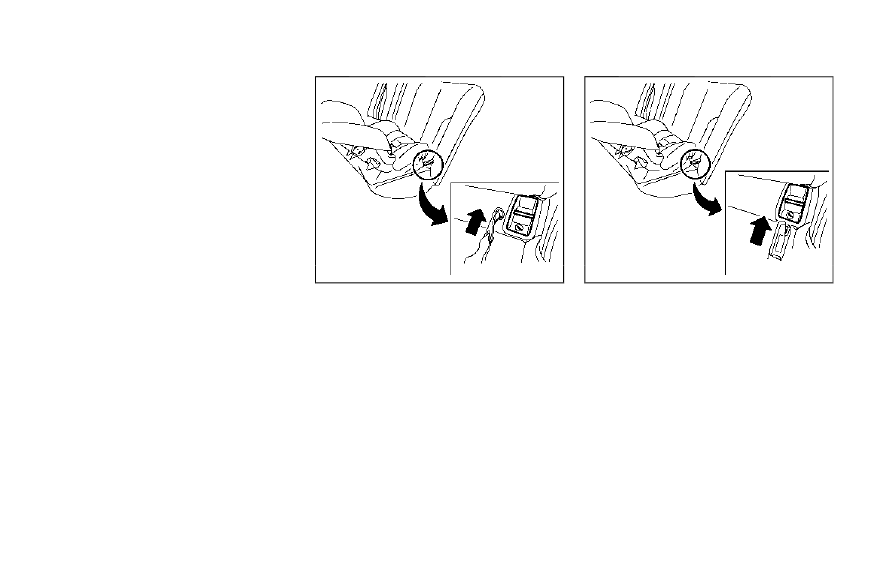Nissan Armada (2019 year). Manual - part 4

Follow these steps to install a rear-facing
child restraint in the 2nd row seats using
the LATCH system:
1.
Position the child restraint on the seat.
Always follow the child restraint man-
ufacturer’s instructions.
JVR0635X
Rear-facing web-mounted — step 2
2.
Secure the child restraint anchor at-
tachments to the LATCH lower an-
chors. Check to make sure the LATCH
attachment is properly attached to
the lower anchors.
JVR0636X
Rear-facing rigid-mounted — step 2
Safety — seats, seat belts and supplemental restraint system
1-39